Zinnia Lilliput Mix Seeds

- Free shipping on all orders over 299rs
- Delivers in: 2-3 Days Shipping & Return
🌼 What Are Zinnia Lilliput Mix Seeds?
Zinnia Lilliput Mix seeds come from Zinnia elegans, specifically bred for compact growth and charming, button-like blooms. Native to Mexico and the southwestern U.S., this variety is loved for its dense, double flowers in a rainbow of bright colors. Zinnias are fast-growing, heat-tolerant, and perfect for borders, beds, and cut-flower gardens.
1.🌿 Botanical Features
-
Seed Shape: Small, flat, wedge-shaped
-
Flower Colors (Mix): Red, orange, pink, white, yellow, purple
-
Flower Form: Fully double, dome-shaped “pom-pom” blooms
-
Plant Height: 12–18 inches (compact/dwarf variety)
-
Foliage: Bright green, lance-shaped leaves
-
Germination: 5–10 days in warm, moist soil
-
Growth Habit: Upright and bushy, ideal for small spaces and containers
2.🍽️ Culinary Uses
Zinnias are not edible and are grown strictly for ornamental purposes. However, they are a pollinator magnet, attracting butterflies, bees, and even hummingbirds—beneficial to your garden ecosystem.
3.🏥 Health Benefits
Zinnias are not used in herbal medicine but offer emotional and psychological benefits by:
-
Adding vibrant color to gardens and bouquets
-
Attracting pollinators that promote biodiversity
-
Contributing to a peaceful, joyful garden atmosphere
4.🌱 Growing Zinnia Lilliput from Seed
Step-by-Step Guide:
-
Sow Directly or Indoors:
-
Start indoors 4–6 weeks before the last frost or sow directly outdoors after frost danger passes
-
Cover seeds lightly with soil (~¼ inch deep)
-
Ideal temperature: 21–26°C (70–80°F)
-
-
Water and Light:
-
Keep soil evenly moist until germination
-
Needs full sun for best flower production
-
-
Transplant or Thin:
-
Space seedlings 6–10 inches apart
-
Thin early to ensure airflow and reduce disease risk
-
-
Care Tips:
-
Remove spent blooms (deadheading) to extend flowering
-
Water at the base to prevent fungal issues on leaves
-
No staking required due to compact growth
-
-
Sunlight:
-
Requires full sun (6–8 hours/day)
-
🔍 Fun Fact
Zinnia Lilliput flowers are long-lasting in vases and bloom continuously from summer through early fall. Because of their neat, rounded shape and bright hues, they’re often used in mixed bouquets and are favorites in children’s gardens!


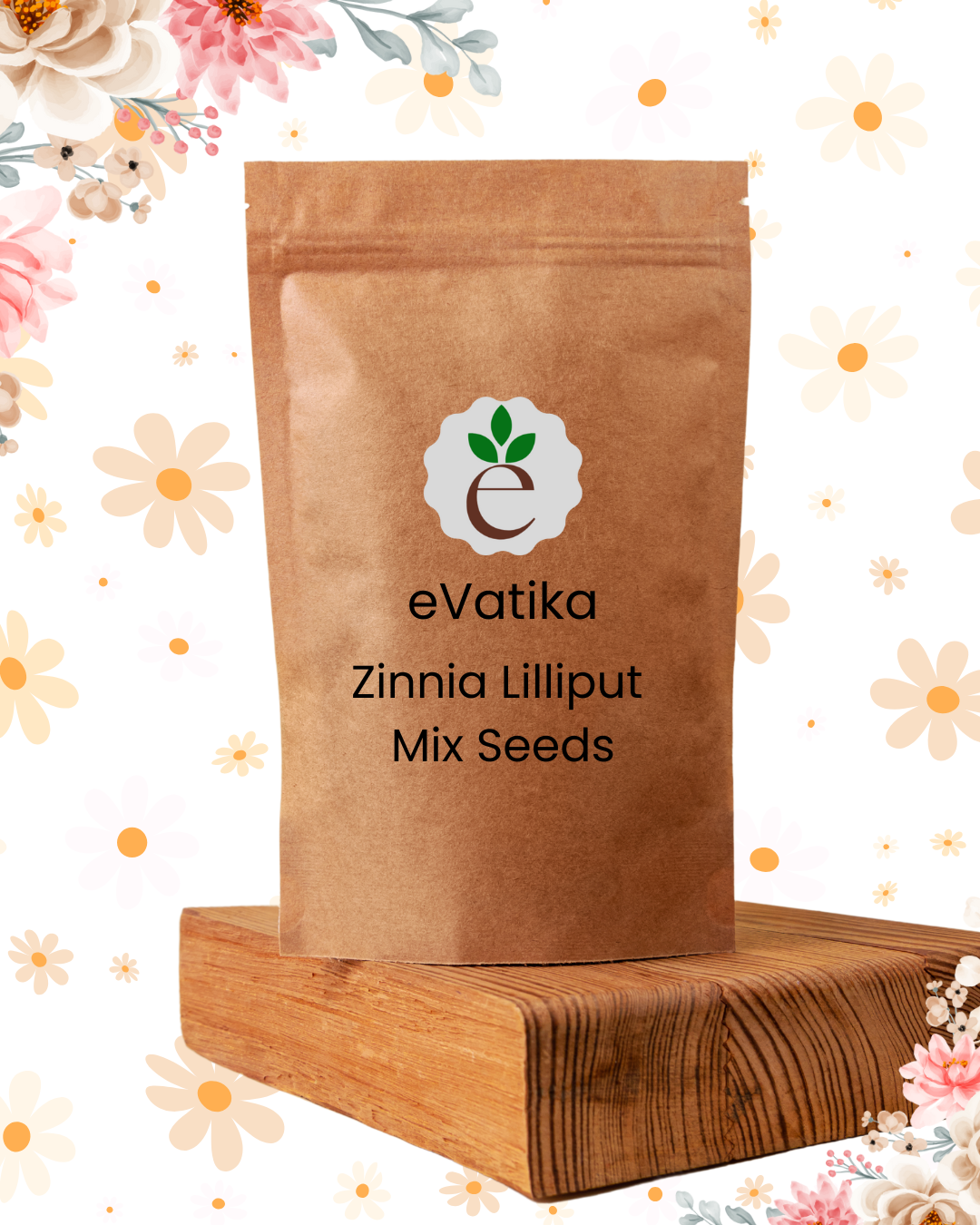
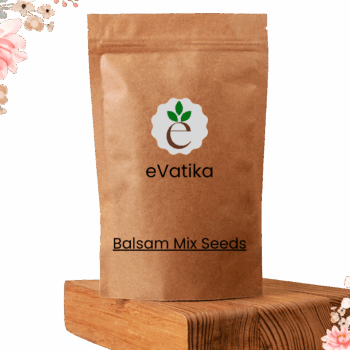
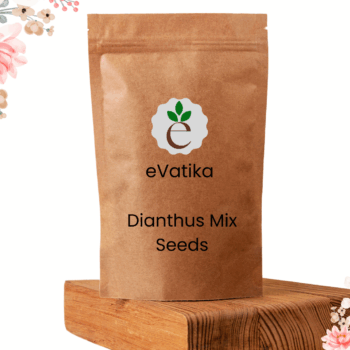
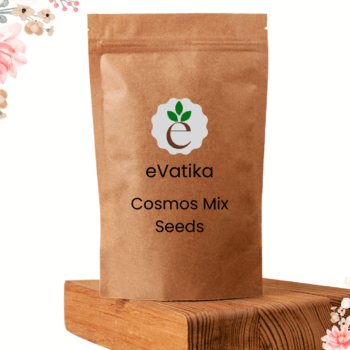
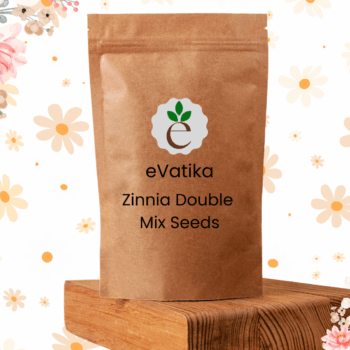


Reviews
There are no reviews yet.